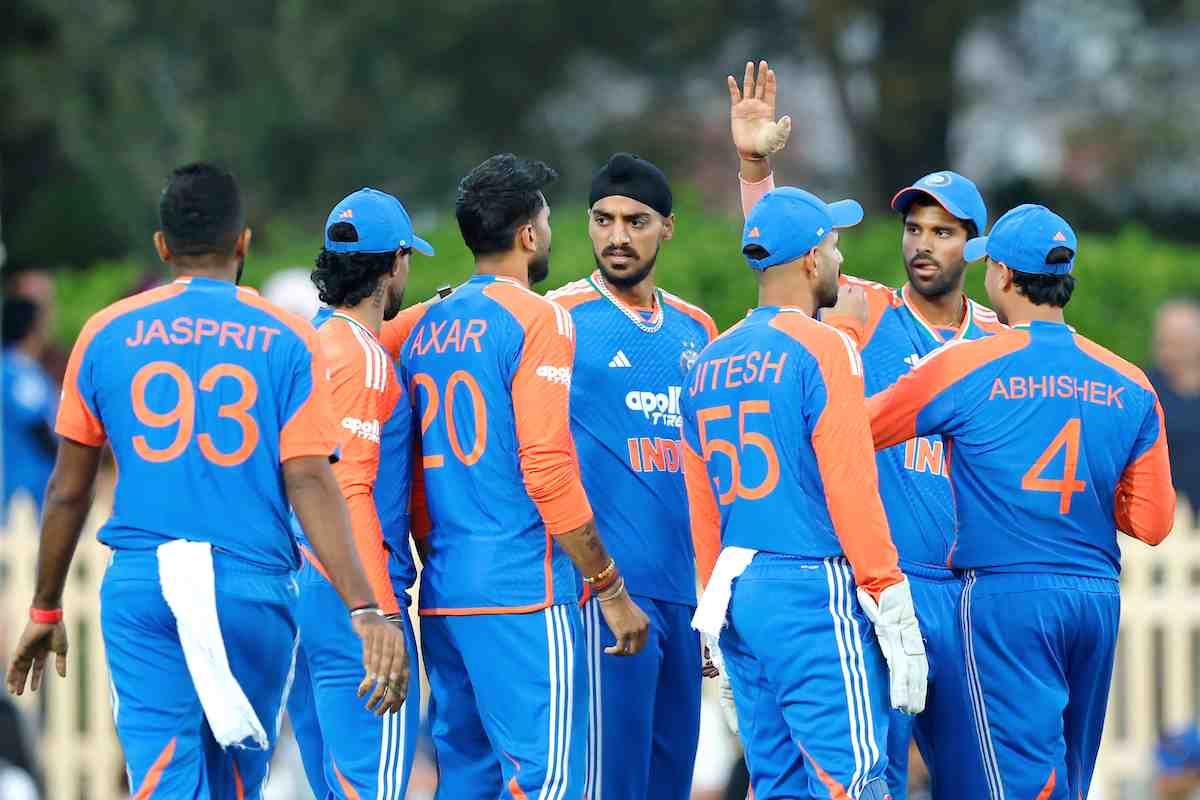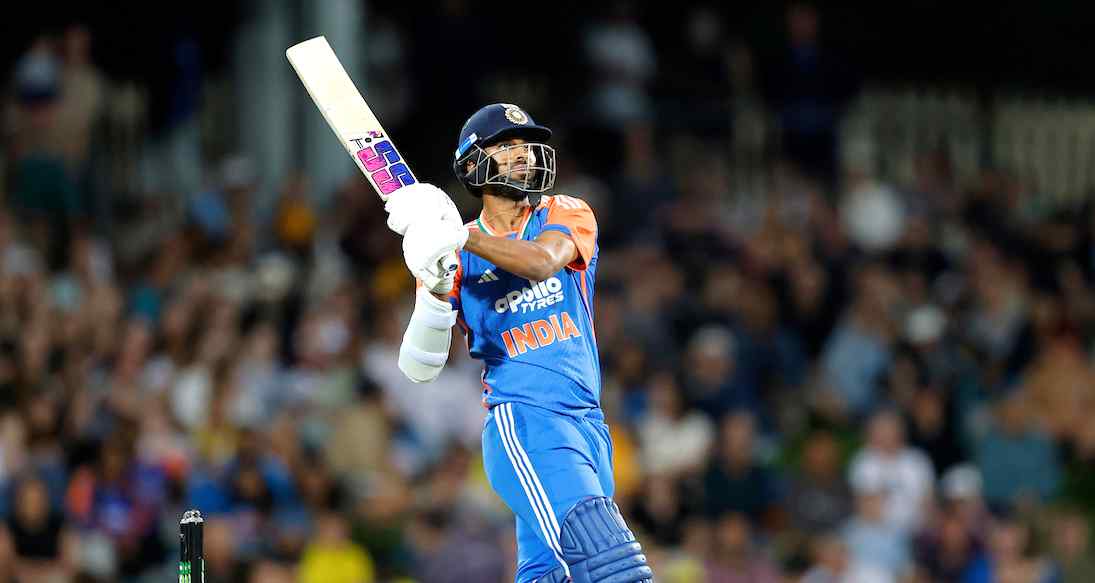Top takeaways from Team India’s T20I series vs Australia — batting flexibility, bowling depth, and fixes needed before the 2026 World Cup.

Team India wrapped up the T20I series against Australia with a 2-1 win, as two matches were washed out due to rain. The series may have been disrupted by the weather, but it offered plenty for India to take away — from discovering new match-winners to identifying areas that still need fine-tuning.
It wasn’t just about the results; it was about finding combinations that work, testing the depth of the squad, and seeing how different players perform in varying conditions. Here’s a look at the biggest takeaways from India’s perspective — in batting, all-round options, and bowling.
Batting takeaways
In the batting department, there were more positives than concerns. Abhishek Sharma continued to make a strong case for himself. Whether it was Indian conditions or Australian-sized boundaries, he showed the ability to clear the ropes and provide quick starts. His approach at the top has brought a refreshing intent to India’s T20 batting, something the team has been seeking for a while. He was also named Player of the Series, having amassed 163 runs in the series.
The main talking point, however, remains India’s vice captain Shubman Gill. While he has the technique and temperament, his strike rate and intent in this format still need work. He got multiple opportunities in the series but couldn’t fully capitalize. For someone of his calibre, the expectations are higher, and India would want him to find his rhythm soon if he’s to stay in the T20 setup.
Suryakumar Yadav, leading from the front, showed glimpses of form. His stroke play and adaptability against pace and spin continue to set him apart. Even though he was slightly inconsistent, the way he controlled phases of play reminded everyone of his value in the middle order.
The absence of Sanju Samson from the playing XI remains a question mark. With the number of games India have played without giving him enough chances, the decision raised eyebrows. Samson’s ability to finish games and his range against both spin and pace could have been useful, but India seem to be experimenting with other options for now.
Tilak Varma did get a few chances but could not make much of an impact. Still, he remains a promising talent whose left-handed presence adds balance. Rinku Singh came into the XI for the fifth T20I in place of Tilak Varma, but with the match washed out due to rain, he didn’t get a chance to bat. His inclusion, though, shows that the management clearly sees him as an important part of the T20 setup. Jitesh Sharma, on the other hand, made the most of his limited opportunity, scoring a brisk 22 not out off 13 balls, showcasing his finishing ability down the order.
Overall, apart from Gill’s strike rate and Samson’s exclusion, India’s batting unit looked settled and confident.
Read More: Fluidity in no. 3-7: Boon or bane for India three months ahead of T20 WC 2026?

All-Rounders: Key for team balance
The all-rounders once again proved to be the backbone of India’s T20 side, providing both flexibility and depth. Axar Patel was one of the standout performers in this series. He contributed with both bat and ball whenever the team needed. His ability to bowl in different phases and play important cameos lower down the order makes him almost irreplaceable in this format.
Washington Sundar made a strong return with an excellent all-round performance. His 48 with the bat and controlled spells with the new ball were crucial contributions. He gives India the luxury of an additional spin option while also strengthening the batting depth at No. 7 or 8.
Shivam Dube had a mixed outing. While his batting didn’t click in these conditions, he managed to deliver with the ball when called upon. Dube’s biggest challenge remains consistency, especially outside Indian conditions. However, he still provides a useful balance in the squad until Hardik Pandya returns to full fitness.
Once Hardik is back, one of these three likely Dube might make way, but the performances of Axar and Washington have made it clear that they are now integral parts of India’s T20 plans.
Read More: Shubman Gill has gone 13 innings without scoring a fifty in T20Is; Time to look beyond him?
Bowling: Core unit taking shape
In the bowling department, India continued to experiment but eventually found a combination that worked well.
The return of Jasprit Bumrah alongside Arshdeep Singh gave India a solid pace attack. Bumrah’s experience and Arshdeep’s left-arm angle offered variety and control, especially during the powerplay and death overs. Their combination will likely remain central to India’s T20 plans moving ahead.
Among the spinners, Varun Chakravarthy was a clear standout. His control and variation made it difficult for batters to take him on. Even though Kuldeep Yadav didn’t feature in this series due to conditions and team balance, his presence ensures India have another reliable spin option in the pool.
Harshit Rana got limited opportunities and showed glimpses of promise but will need more exposure to settle at the international level. The team management also seems to have figured out the right balance — two frontline pacers, one specialist spinner, and three all-rounders who can contribute with the ball. This structure gives India flexibility to adapt according to pitch and conditions.
Up next, India will turn their focus to the red-ball format as they gear up for the two-match Test series against South Africa at home. The first Test begins on November 14 at the Eden Gardens in Kolkata, followed by the second from November 22 to 26 at the Barsapara Cricket Stadium in Guwahati. This series marks an important phase in India’s World Test Championship campaign, offering them a chance to strengthen their position on the points table ahead of a packed international season.
And if we talk about T20 cricket, India’s next assignment in the shortest format will again be against South Africa, starting from December 9, 2025, at the Barabati Stadium in Cuttack.
Read More: Is Sanju Samson’s game suited for the middle order in T20 cricket?

